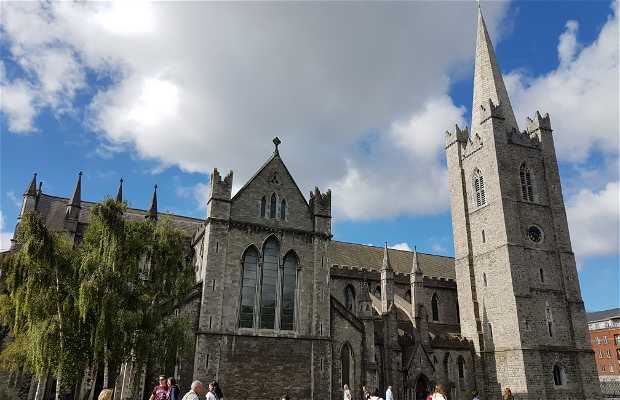Huge Cathedral
The Cathedral is located outside the walls of the old town, and according to tradition, was the place where St. Patrick baptized the Irish heathen with water from the well. Therefore the cathedral is named after him. The park adjacent is St Patricks Cathedral Park, where you can have a nice time just as in St Stephens Green. It's a huge cathedral with a bell. I can remember that while we were there smoke started coming out from one of the chimneys, which let loose the dark imagination of my friends, saying it was burning corpses, and various things. Also, I think that is the most important point of interest of the pilgrimage processions on St.



































